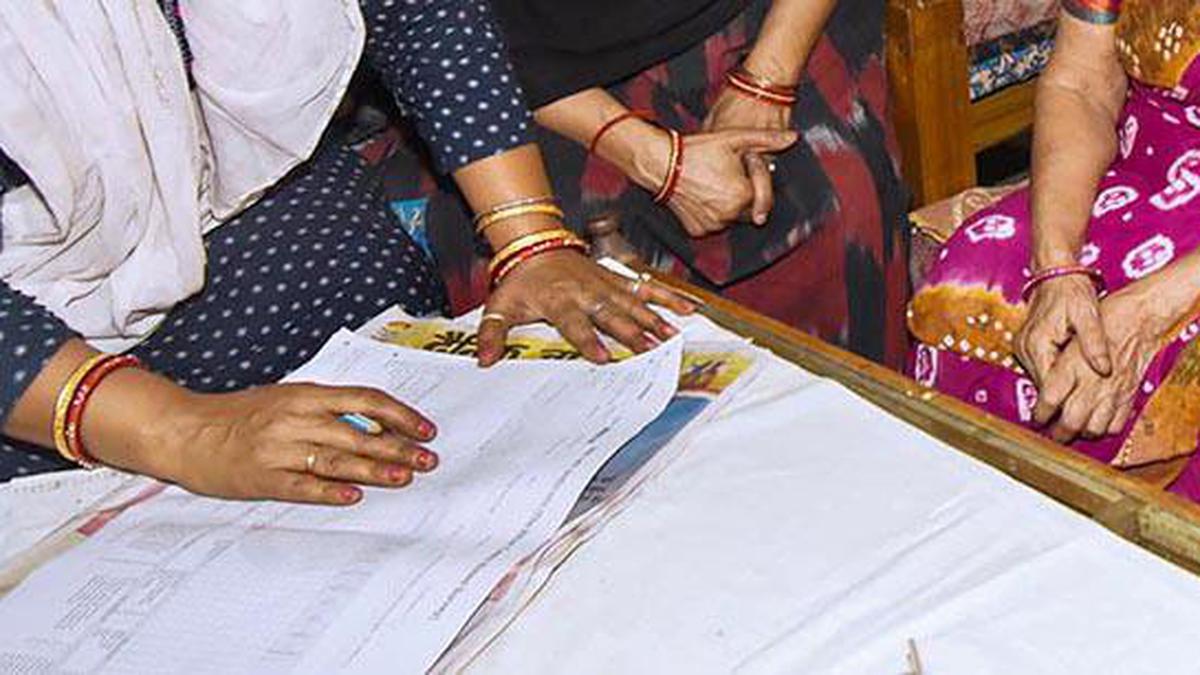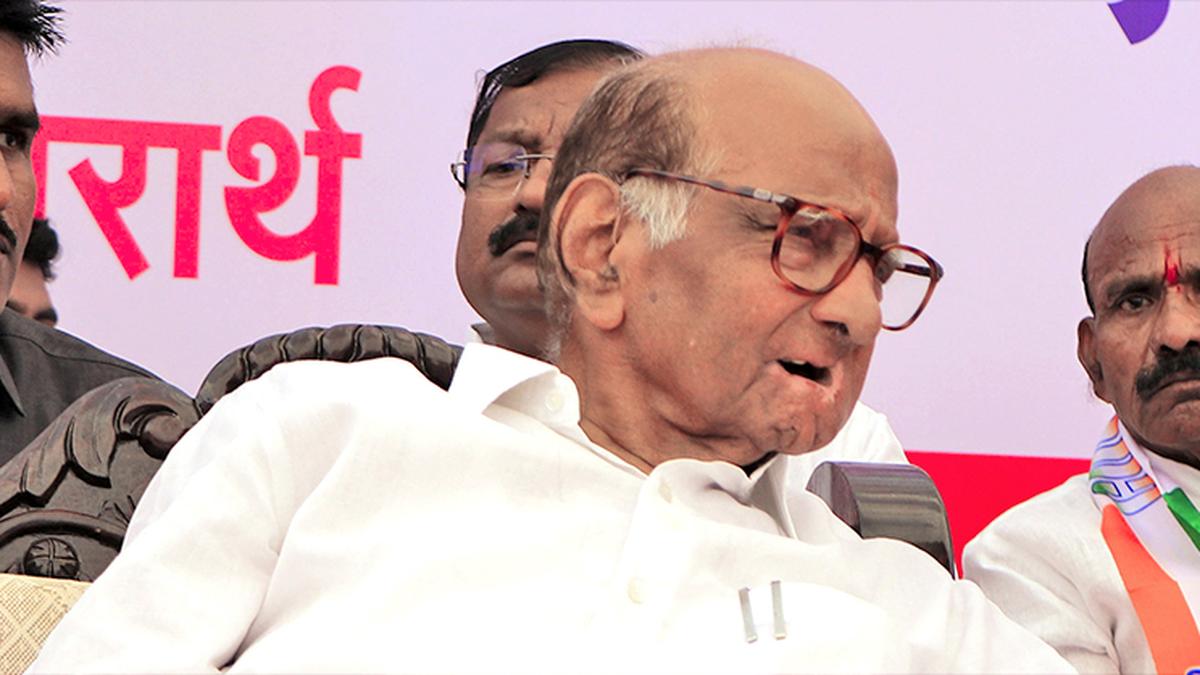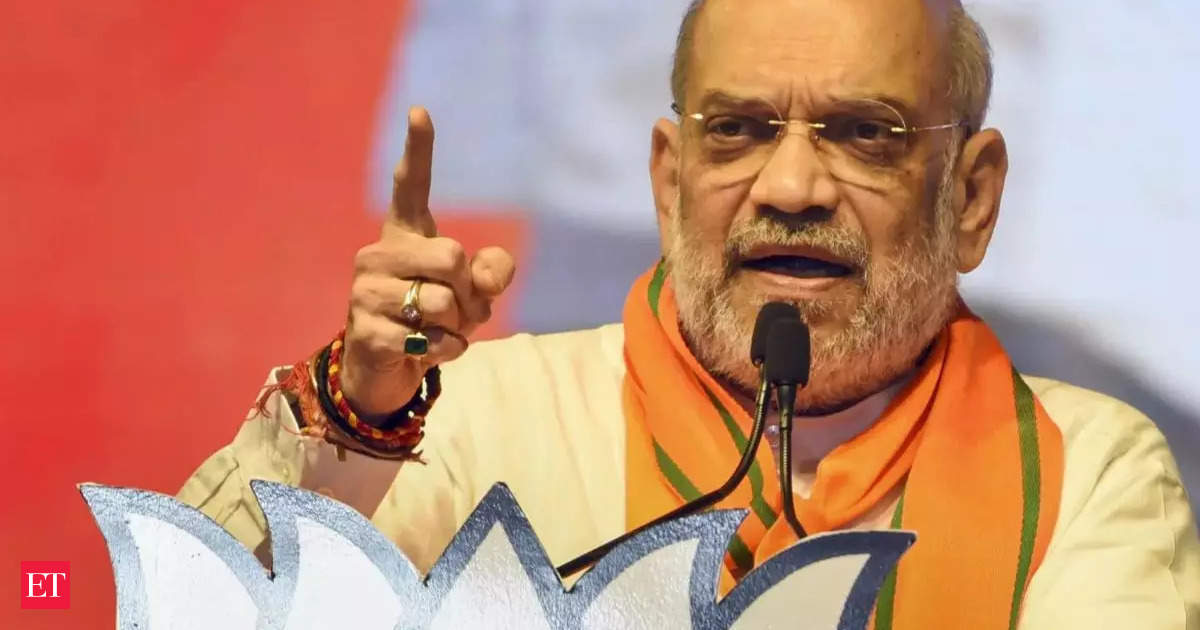Marcel Proust wrote, “Men, their natures not altering overnight, seek in every new order a continuance of the old.” Caste and religion have remained the master cleavages of Indian politics for most of the last century. The caste survey, released by the Bihar government with coordinated support from the entire Opposition, can be described as a Proustian political move. It tries to constitute a new political opening through the instrument of an old paradigm.
This unfurling of the contesting flags of caste and religious identity gives the first clear shape to the ideological contours of the 2024 general elections. It also firmly reinforces the role of these twin ethnic identity constructions as the fundamental pillars of political mobilisation.
Many critics have dubbed the move as regressive, cynical, and unimaginative, and a return to the ‘Mandal versus Mandir’ politics we had supposedly left behind in the 1990s. Yet, this framing assumes caste- and religion-based identity politics to be pre-formed packages, whose practices have remained stagnant over the last three decades, even as the political economy has been transformed by liberalisation.
The politics of religion and caste respond and adapt to changes in the larger socio-economic structure. As the political scientists Pradeep Chhibber and Rahul Verma explained in their book Ideology and Identity: The Changing Party Systems of India, the majority coalition assembled by Prime Minister Narendra Modi was rooted in a novel political constituency formed with the post-liberalisation expansion of the middle class. The leadership of Mr. Modi, for the middle class, promised a firm institutionalisation of their dominant norms (on state intervention, material consumption, and ‘ethno-political’ pride). While middle class anxieties and aspirations have long comprised a key driver of Hindu nationalist mobilisation, their concrete ideological fusion under Mr. Modi’s charismatic appeal is what shaped the present political era. This was Mandir politics 2.0.
Similarly, the Bihar caste survey inaugurates not the re-enaction of the old Mandal politics of narrow caste-based patronage, but the coming-of-age of a subordinate class-based politics. This is also Mandal 2.0.
This is new synthesisation of a class politics, in the familiar trappings of caste. Primarily, it seeks to tap into the frustrated and deeply felt desire held by large sections of the precariat to achieve middle class status. Such a status constitutes both an economic marker and a prized social status symbol. This precariat is roughly one-half of the country which finds itself sandwiched between the poor and the middle class. They have been facing a stagnant trend of upward mobility inside of an informal economy which offers little substantive protections. An estimated 75 million people, according to the Pew Research Center, slipped back into poverty during the COVID-19 pandemic. The bulk of this precariat, which can be found in rural and urban India across occupations, is composed of lower Other Backward Classes (OBCs), Dalits, and Muslims.
In their book, Beyond Consumption: India’s New Middle Class in the Neo-Liberal Times, Manish K. Jha and Pushpendra chart the composition of the middle class in terms of different caste groups. Briefly, 5% of upper castes fall in the upper-middle class segment, compared to 3% of OBCs and 1.4% of Dalits. These variations are significant, and sharpen pyramidically. The gaps are also starker in the Hindi belt States of Uttar Pradesh and Bihar where upper caste dominance is more entrenched. Such status inequality also tends to be much higher among Hindus than among other religious groups. For instance, Muslim OBCs form a larger proportion of both upper class and middle class segments compared to Muslim upper castes.
The coalition of the precariat depends on the glue of an enlarged ethnic block (such as the OBCs) because it can hardly be forged on abstract or universal ideas. Simply put, the precariat does not possess the “symbolic capital” to do so. The French sociologist Pierre Bourdieu defined ‘symbolic capital’ as the capacity to “shape the perception of social reality”. This allows certain dominant groups to “impose a particular vision of the world in the name of a universal truth”. Such influence is wielded largely by the Hindu middle class. Meanwhile, members of the precariat, such as the deeply fragmented and underprivileged OBCs, possess few of these social, cultural, and ideological resources. They prefer to articulate their own politics of upward mobility in terms of concrete caste identities, which draw on an alternative symbolic capital of their experience of caste and historical memories of struggle.
It is, of course, important to acknowledge the considerable failures of Mandal politics in the Hindi belt. Unlike in southern India, caste politics in the north made no substantive dent on the political economy, or institutions of power and governance, or even on poverty reduction. It was too focused on building patronage-based short-term electoral coalitions rather than building a broad and durable political constituency, as did the successful Dravidian movement in Tamil Nadu. Yet, to be fair to the caste politics of Uttar Pradesh and Bihar, unlike in Kerala and Tamil Nadu, it was enacted at a time when their under-privileged support base had relatively modest economic and cultural capital. Thus, the acquisition of political capital (which Kanshi Ram called the ‘master key’ for the acquisition of other resources) required innovative and often unsavoury means.
This time around, a progressive politics of caste seems to have generated a far broader political consensus than Mandal politics ever did. The parties supporting the caste census command a combined vote share in national elections that exceeds the vote share of the ruling BJP, which awkwardly holds on to an ambiguous stand on the issue. These parties include not just the Congress and the INDIA alliance constituents, but also the bulk of unaligned parties such as the YSR Congress Party, the Telugu Desam Party, the Bharat Rashtra Samithi, and the Biju Janata Dal. In all regions of India, caste politics has clearly sustained legitimacy as an instrument of popular mobilisation, “vernacularising the norms” (Lucia Michelutti) and “democratising the social base” of politics (Yogendra Yadav).
Such a large-scale and pan-Indian consensus is fairly rare, and reflects the expanded range of possibilities for a progressive politics of caste. Franklin Roosevelt’s New Deal, which facilitated an unprecedented expansion of the American middle class in the 1930s and 1940s and lifted a working class ravaged by the Great Depression, was a radical institutional solution. It was essentially a political strategy to build a cross-ethnic coalition of working-class white voters, whose precarity had been intensified by the Great Depression. This coalition included low-status recent immigrants of Irish, Italian, and East European descent, mobilised through localised patronage-based politics (‘machine politics’). The politics of the New Deal made use of some of these grimy mobilising mechanisms but went beyond it to evolve into an institutional remaking of American capitalism. There was a systemic shift in the economic regime, to the benefit of workers. The popularity of the New Deal made Roosevelt the only President to serve four consecutive terms. This is not to make comparisons, but only to highlight that ethnic and class politics can work complementary to one another. As yet, only at a starting stage, the politics of caste survey emphasises grander notions of equal participation (‘Jitni abadi utna haq, or rights proportionate to population’) and an institutionally negotiated distribution of resources.
One reason why Mandal politics eventually devolved into narrow caste formations was the splitting of the stream of farmer politics from the erstwhile bloc of ‘Socialist Politics’; and later the rupture of lower OBCs from the Yadavs. Yet, as Anthony Giddens has argued, social actors like ethnicities or castes contain purposive agents, not automatons directed by an external structure or a false consciousness. The political elites such as the Jats in Haryana and the Marathas in Maharashtra have begun to shun exclusivist strategies and gravitate towards a larger OBC platform. This could be seen in the farmer’s agitation and the Maratha-Kunbi quota stir, supported by Nationalist Congress Party leader Sharad Pawar in Maharashtra. It is also possible that sections of the lower OBCs may also re-evaluate the returns in terms of economic mobility and social prestige of choosing a political ‘Hindu’ platform as opposed to an ‘OBC’ platform.
Ashim Ali is a political researcher and columnist











